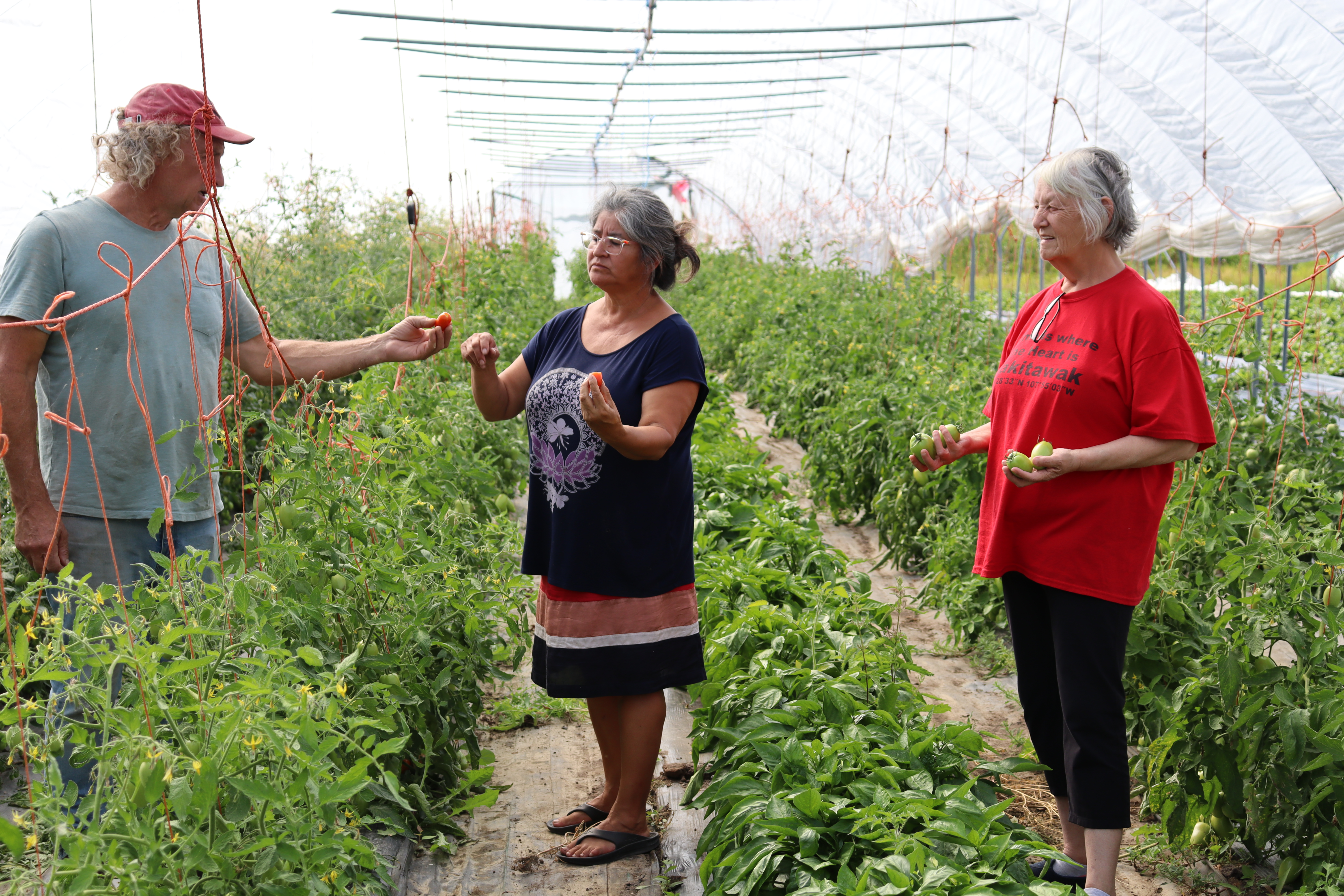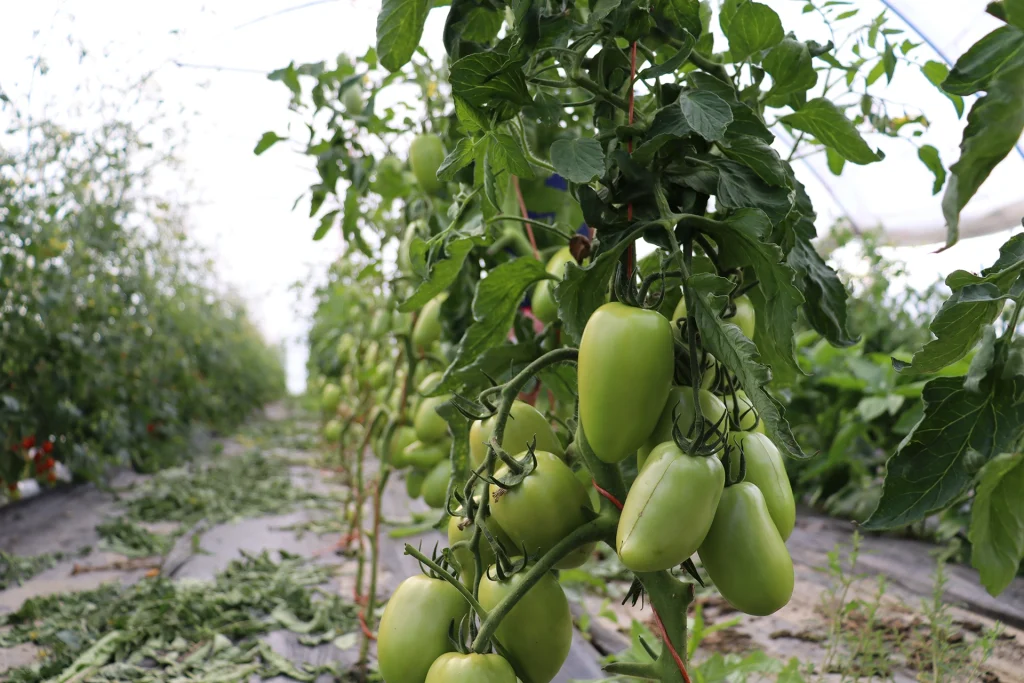
It started when the Sakitawak Elders Group in the Métis community of Ile-a-la Crosse, Sask. had a contact who was using grow tunnels to maximize local food production.
With good soil, water, and sun-drenched heat, these passive solar structures made of pipe frame and greenhouse plastic were producing high quantities of fruits and vegetables in other northern areas of the province.
“Excitement began to increase with this model of food production,” said Napolean Gardiner, volunteer executive director of the Sakitawak Elders Group. “We began to see the potential to grow massive amounts of food in Ile-a-la Crosse.”
In the past years since grow tunnel operations have been expanding, the Sakitawak Development Corporation established five tunnels in Ile-a-la Crosse along with a few acres of outside planting.
“All of this is important infrastructure, and we have done well with it,” Gardiner said. “These tunnels have proven extremely successful in producing tasty, nutritious food reliably.”
With a grant from Food Banks Canada, made possible through Agriculture and Agri-Food Canada’s Emergency Food Security Fund, the Sakitawak Elders Group was able to increase the capacity of its garden by creating meaningful employment opportunities.
“Now we have Eddie, a retired teacher working there,” Gardiner said. “Last year, over the course of the summer, she brought 350 people to the garden from the community, from children in Grades 1 or 2 to high school students and Elders, to other people who just wanted to go out there and learn what was going on. There was also an opportunity for them to harvest some of the food and take it home, so nobody went home with just dirty fingernails – they went home with a bag of fresh fruits and vegetables.”


But this spring, with wildfires burning through hundreds of thousands of hectares in northern Saskatchewan, residents of Ile-a-la Crosse including Eddie and her family were forced to evacuate, feeling the uncertainty of leaving the garden behind after starting all the seeds.
This year is officially Canada’s worst wildfire season on record. More than 10 million hectares have burned so far, with smoke filling the skies and raising health concerns.
“We had to leave the garden to be taken care of the smoke,” Gardiner said. “We did lose at least a couple of weeks attending to our grow tunnels.”
Due to power outages caused by the fire, residents of the northern Métis village also had to discard wild meat and fish that was stored in their freezers – food that Gardiner said will take a while to recover.
“When there’s a fire, it certainly has an impact on wildlife and wild food,” Gardiner said. “Animals either run away or are pushed back, and when these fires happen, it takes a while for people to regain access to resources that are important to the traditional bush economy based on duck hunting, moose hunting, rabbit snaring and fishing. And it’s not just about the meat, it’s the non-timber forest products too; the fireweed, the wild mint, the plants that are part of making tea and the medicines that people use.”
Food means many things.
Now that evacuees from Ile-a-la Crosse have been able to return home, community members have been working with Eddie to salvage the growing season and support the production of good, nutritious food in the garden.
“It has to be done,” Gardiner said. “During COVID, we saw the potential of being completely cut off – food shortages, supply chains, all of those things being impacted.”
Gardiner says that growing, gathering, and harvesting their own food in Ile-a-la Crosse is essential to self-sufficiency and community well-being, especially considering the risk of food insecurity faced by northern communities due to climate change.
It is also part of a resurgence of their cultural traditions and knowledge.
“Placing our hands in the soil where our ancestors walked is a connection to our culture, our past, our truth. Working with that same soil, giving it small seeds, and helping these seeds develop into plants that bear vegetables and fruits, is an essential human activity that awakens our spirits, calms our minds, and reminds us of our own abilities to care for ourselves, our families, and our community,” he said. “Young and old can work alongside each other in greenhouses and grow tunnels, with the guidance of teachers, to share what they remember from the past. They can practice new innovations so that plants and people flourish together.”